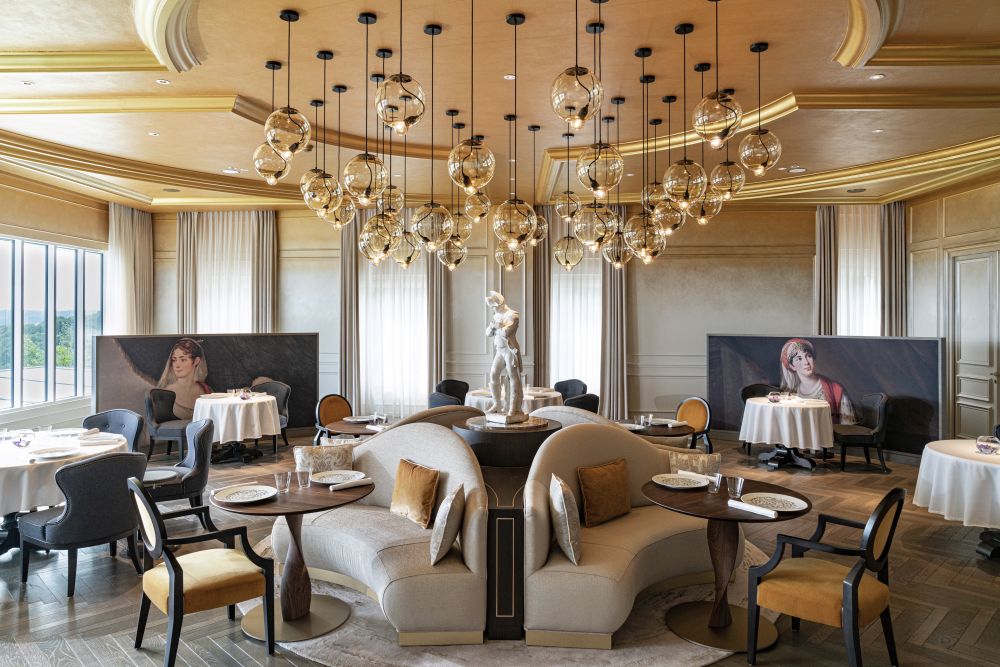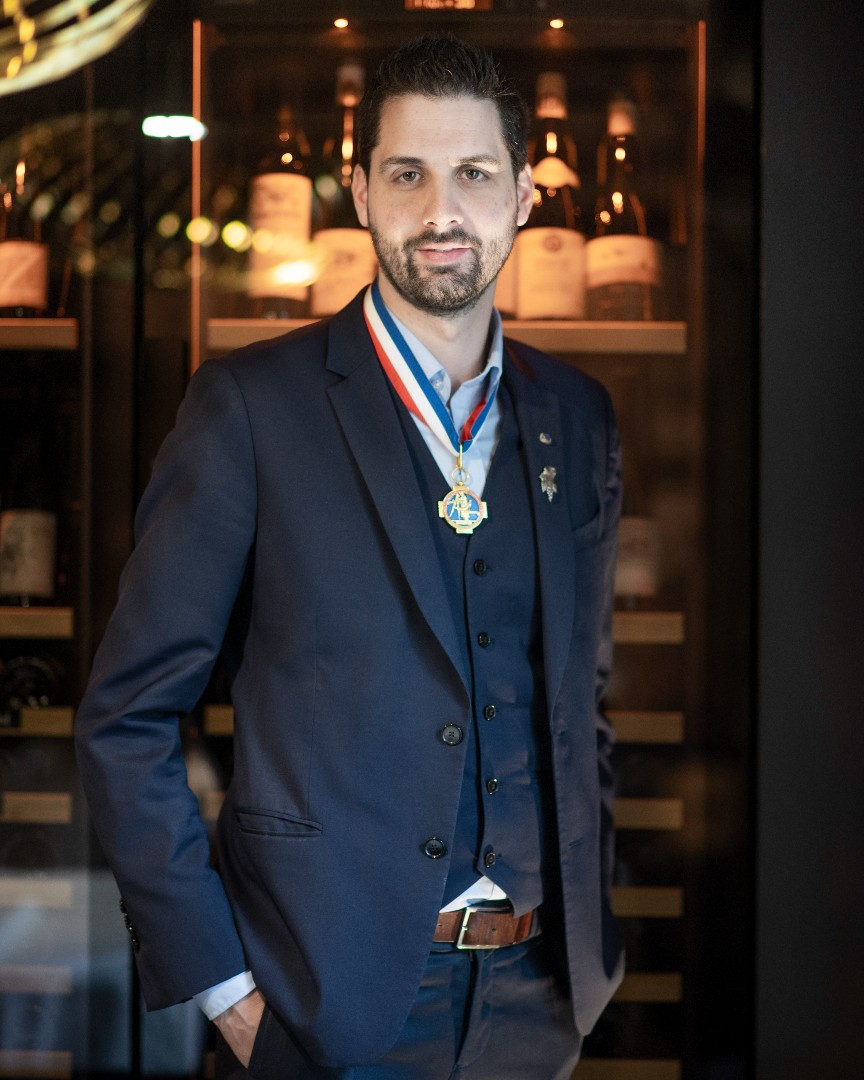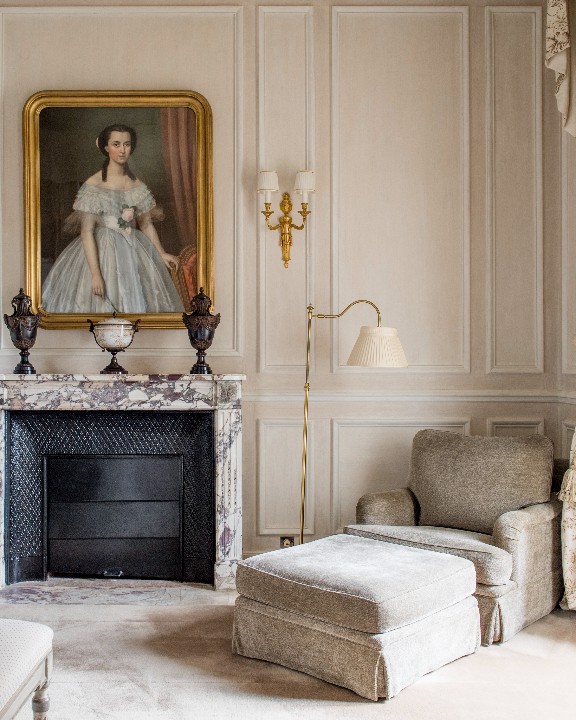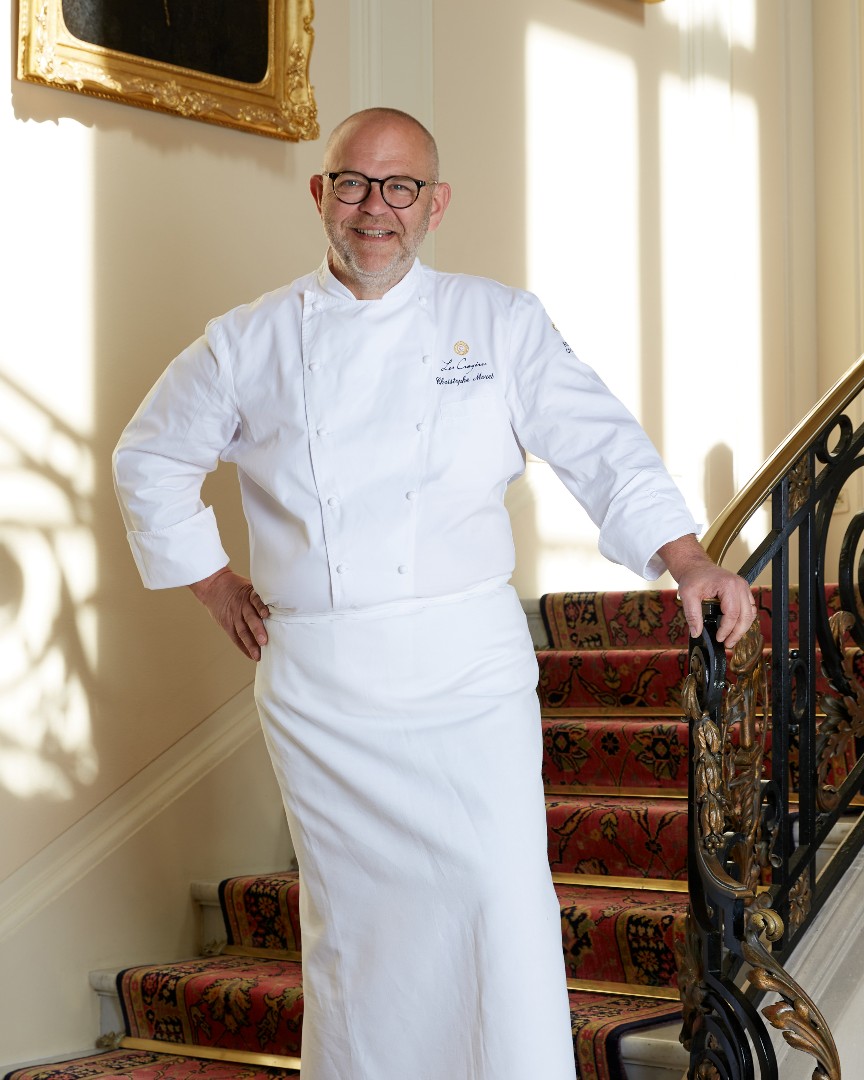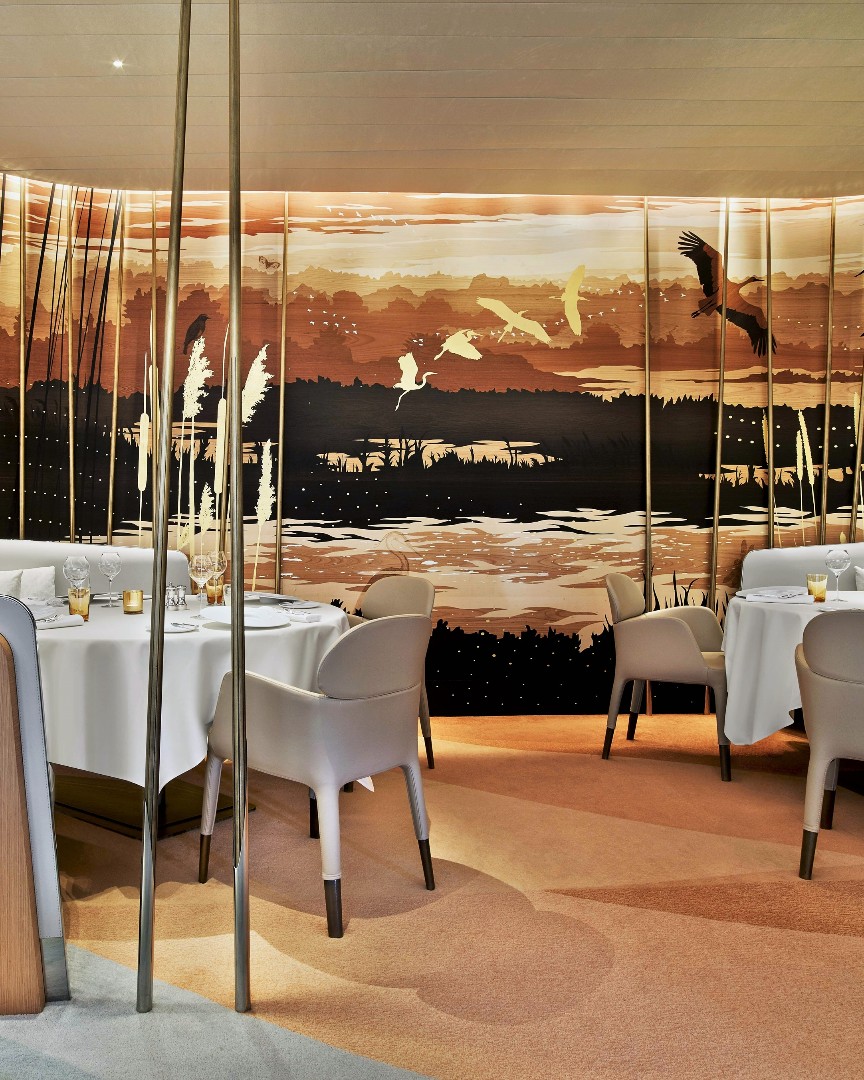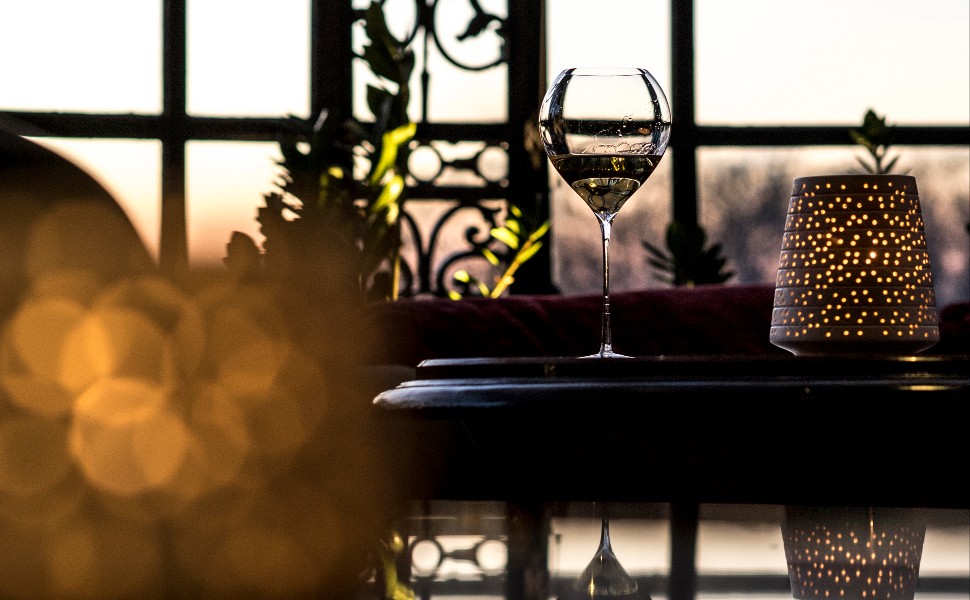
In the land of sparkling bubbles, effervescence is known as Champagne. A cradle for wines, this sea of vines covers almost 85,215 acres from the Montagne de Reims to the Valley of the Marne, via the Côte des Blancs and the Côte des Bar. Kilometres of galleries hide underground, transformed into cellars by champagne producers, in which tens of millions of vintages slumber peacefully.
At the heart of the Coronation City, the Gallo-Roman chalk pits of the Saint-Nicaise hill – listed as part of UNESCO's World Heritage – contain the finest millesimes, such as those of Taittinger. Starting out four generations ago, this superb family adventure perpetuates its founders' legacy while pursuing a constant quest for excellence. Deeply attached to its heritage, it has been committed for over 10 years to an environmentally friendly approach. Certified as "Haute Valeur Environnementale" (HVE) and "Viticulture Durable en Champagne" (VDC), its vineyard of 711 acres – the 3rd largest in the region – shared out between 37 "crus", is managed according to the principles of sustainable vine-growing with, in particular, 90% planting of its plots, herbicide-free. The aim is to convert all the vines to organic agriculture, favouring healthiness and the environment.
In Épernay, Moët & Chandon also turned to sustainable viticulture very early on, adopting practices respectful of the soil in the years 2000, to reduce its carbon footprint and protect biodiversity. "We no longer see agriculture as something to be dominated. For our future, we must preserve our natural heritage, our terroir, and the excellence of our wines," says vineyard manager Frédéric Gallois. This approach resulted in HVE certification of his vineyards. In 2020, a new goal was achieved: total suppression of herbicides, replaced by vegetation cover comprised of leguminous plants or cereals.
To optimize its resources and reduce its impact on the environment, Moët & Chandon relies on cutting-edge technologies: sensors, satellite and robotic imagery, providing precise monitoring of the vines, from weather forecasts to early detection of disease. "This precious data guides targeted management of our resources, thus reducing chemical inputs and optimizing each stage of the process, from growing to harvesting." In November 2021, Moët & Chandon launched Natura Nostra, a major agro-ecology programme aiming to preserve biodiversity and reinforce the resilience of Champagne's eco-systems. In particular, it provides for the creation of over 100 kilometres of ecological corridors by 2027, interconnecting natural habitats and allowing for free circulation of fauna and flora.
Producing tomorrow's champagne also means meeting today's challenges. For Martin Jean, Head Sommelier at Domaine Les Crayères in Reims: "Climate change is a reality already affecting Champagne's vineyards. Warmer winters, earlier springs, and later spells of frost perturb the vine's growth cycle and threaten the grapes' quality". To offset these effects, Moët & Chandon relies on the genetic diversity of its three iconic grape varieties. "We have created a wine conservatory called "Essentia". It groups together 1,800 individual varieties that we continue to monitor. In the short and medium term, we hope they will meet tomorrow's expectations, notably thanks to a later cycle. We are also diversifying our plant material with new grape varieties more tolerant of diseases, and thus more resistant to the consequences of climate change," explains vineyard manager Frédéric Gallois.
Faced by ecological urgency, Champagne, Beaujolais and Burgundy have joined up to ensure the survival of the vineyards: together, they are working on the construction of a bioclimatic greenhouse in Oger, named "Qanopée". Its purpose is to secure production of "mother vines" thanks to pre-multiplication of plant material. A fine example of resilience, to make the whole world sparkle.
To contact the Agence Régionale du Tourisme Grand Est, click on the bell


